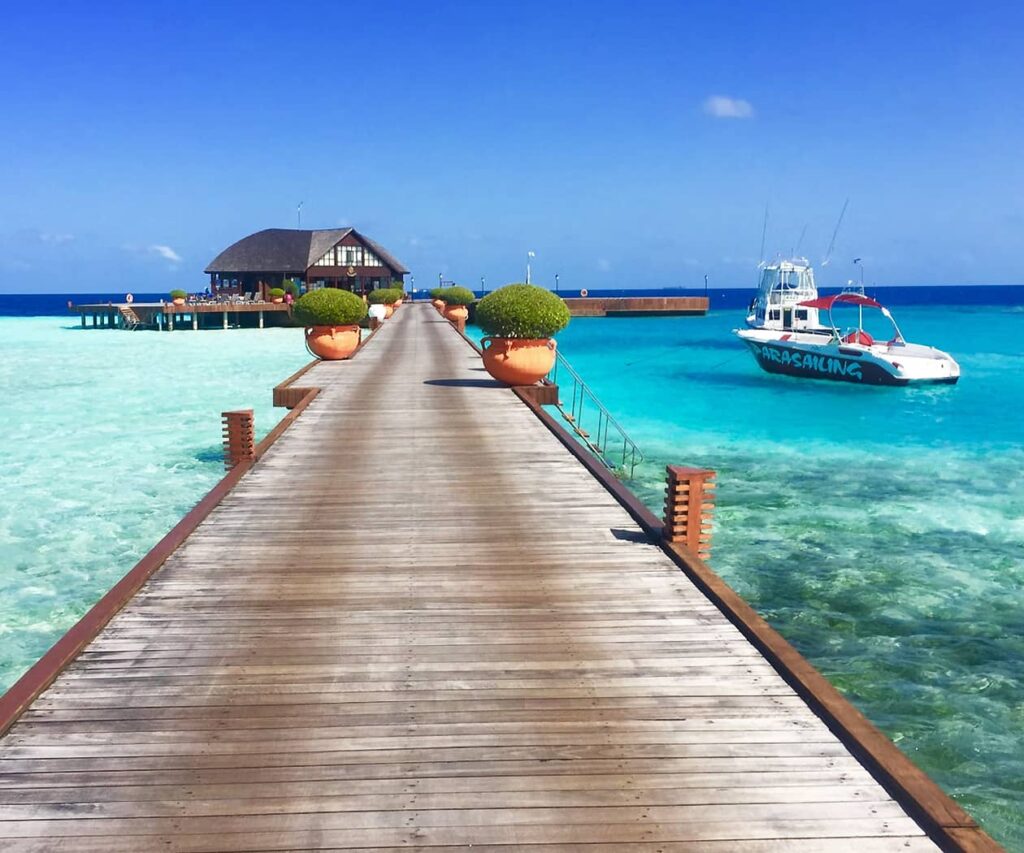
Discovering Weed in Guatemala: Law, Culture, and Cannabis Trends
Guatemala, a Central American country renowned for its lush landscapes, Mayan heritage, and vibrant culture, has a complex relationship with cannabis. While the nation is increasingly exposed to global cultural trends, cannabis remains largely regulated under national law. Discovering weed in Guatemala involves understanding not only the plant itself but also the legal framework, social norms, and evolving cultural context.
1. Cannabis Laws in Guatemala: Illegal but Varied Enforcement
Cannabis in Guatemala is officially illegal for both recreational and medical use, regulated under the country’s drug laws, particularly the Ley de Control de Drogas y Sustancias Psicotrópicas.
- Possession: Small amounts of cannabis intended for personal use can result in fines, mandatory rehabilitation programs, or, in some cases, criminal charges. Enforcement can vary depending on local authorities and context.
- Trafficking and distribution: Selling, distributing, or transporting cannabis is treated as a serious criminal offense, with significant fines and prison sentences.
- Cultivation: Growing cannabis plants without authorization is illegal and subject to strict penalties.
Guatemala’s laws reflect a conservative stance on drugs, influenced by social norms, religious beliefs, and international anti-narcotics agreements. However, enforcement is sometimes inconsistent, especially in rural areas or among youth populations.
2. Social Perception of Cannabis
Cannabis use in Guatemala is largely socially stigmatized, particularly among older generations and religious communities:
- Traditional values: Many Guatemalans view cannabis as morally questionable, linking its use to crime or social deviance.
- Youth culture: Younger generations, particularly in urban centers like Guatemala City, are more open to recreational use, influenced by global media, music, and social networks.
- Tourist perceptions: Cannabis is often associated with foreign visitors, which sometimes adds to social stigma or legal scrutiny.
Despite restrictions, an underground cannabis culture exists, often discreet and private, reflecting changing attitudes among younger populations.
3. Cannabis Culture in Urban Areas
Urban centers in Guatemala show the most visible cannabis culture:
- Guatemala City: The capital has discreet social circles where cannabis use occurs privately, including student groups, artists, and young professionals. Social gatherings and nightlife sometimes incorporate cannabis in controlled environments.
- Antigua and Quetzaltenango: Tourist hubs and university towns have small but noticeable cannabis subcultures, with discussion around responsible use and harm reduction.
- Discretion is key: Public use is heavily discouraged due to strict laws and potential legal consequences.
Cannabis culture in Guatemala is characterized by private social networks, cautious experimentation, and awareness of legal risks.
4. Cannabis and Youth Trends
Guatemalan youth are increasingly curious about cannabis, influenced by international trends and online communities:
- University students often explore cannabis for relaxation, social interaction, or creative expression.
- Peer networks provide advice on safe use, legal risks, and sourcing, helping mitigate dangers associated with black-market products.
- Awareness campaigns emphasize health risks, mental health implications, and legal consequences, reflecting a growing focus on education and harm reduction.
This demographic is shaping the future of cannabis culture in Guatemala, balancing curiosity with caution.
5. The Black Market and Access
Because recreational cannabis is illegal, access largely relies on informal networks or the black market:
- Cannabis is typically available as dried flowers or hashish, often sourced domestically or smuggled from neighboring countries.
- Quality varies significantly, with some products adulterated or inconsistent in potency.
- Law enforcement focuses on distribution networks and trafficking, but personal users are still at risk of fines or criminal charges.
The black market influences pricing, availability, and social practices, making informed awareness essential for users.
6. Medical Cannabis in Guatemala
Medical cannabis is not yet legalized in Guatemala, although interest is growing:
- International research highlights potential benefits for chronic pain, epilepsy, and other conditions.
- Advocacy groups and medical professionals are increasingly discussing the possibility of regulated medical use.
- Patients currently rely on informal networks or travel abroad to access medical cannabis legally.
While medical legalization remains limited, discussion about therapeutic applications is slowly entering public discourse.
7. Cultural and Historical Context
Cannabis has a long but discreet presence in Guatemalan society:
- Historically, indigenous communities and rural populations may have used cannabis and other plants for medicinal or ritual purposes, though documentation is limited.
- Cannabis became more visible in urban youth and countercultural movements during the late 20th century, particularly under influence from North American and European media.
- Strict anti-drug laws reflect both historical concerns and ongoing efforts to combat organized crime and narcotics trafficking.
The tension between historical use, modern curiosity, and legal restrictions shapes Guatemala’s contemporary cannabis landscape.
8. Health Considerations
Cannabis consumption carries health risks, particularly when sourced from unregulated markets:
- Smoking cannabis can cause respiratory issues, especially in urban environments with pollution.
- Black-market products may contain contaminants or unpredictable THC concentrations.
- Lack of formal medical supervision increases the importance of moderation, awareness, and harm reduction.
Education initiatives and peer-led harm reduction efforts are crucial for minimizing risks among users.
9. Tourism and Cannabis in Guatemala
Guatemala attracts millions of tourists annually, many of whom may be curious about cannabis:
- Public use is strictly prohibited, and law enforcement actively monitors tourist areas.
- Visitors are advised to avoid possession or consumption in public, instead respecting private spaces and local laws.
- Certain hostels, social circles, or private gatherings may discuss cannabis discreetly, but tourists should remain informed and cautious.
Tourism interacts with cannabis culture primarily through discreet observation and informed curiosity, rather than public experimentation.
10. The Future of Cannabis in Guatemala
The future of cannabis in Guatemala may evolve gradually:
- Medical legalization: Growing awareness of therapeutic benefits could drive regulatory reform in the coming years.
- Cultural normalization: Urban youth and global influences may slowly shift social attitudes toward more acceptance.
- Policy debates: Discussions about regulated access, harm reduction programs, or decriminalization could emerge, influenced by trends in neighboring countries and global research.
- Industrial hemp: Legal cultivation for industrial purposes could provide economic opportunities without recreational controversy.
Any changes are likely to be incremental, reflecting the nation’s conservative social values alongside global cannabis trends.
Conclusion
Discovering weed in Guatemala requires navigating legal restrictions, social norms, and cultural attitudes. Cannabis remains illegal for recreational and medical use, yet private subcultures exist, particularly among youth, students, and urban communities.
Users must balance curiosity with awareness of legal risks, health considerations, and social perceptions, reflecting Guatemala’s conservative yet gradually evolving cannabis landscape.
From discreet social gatherings in Guatemala City to discussions among students in university towns, cannabis exists as a private, carefully navigated part of society, rather than a mainstream cultural activity.
Guatemala’s cannabis story reflects a nation balancing tradition, law enforcement, and emerging global influences, with cautious steps toward education, harm reduction, and potentially medical or regulated frameworks in the future. Cannabis here is more than a plant—it is a window into contemporary social change, generational shifts, and cultural negotiation.
If you want, I can continue the “Discover Weed” series with “Discover Weed in Honduras”, another Central American country with its own unique cannabis context.
Do you want me to do that next?
